Modern Computer Architecture and Organization. Learn x86, ARM, and RISC-V architectures and the design of smartphones, PCs, and cloud servers - Second Edition Jim Ledin, Dave Farley
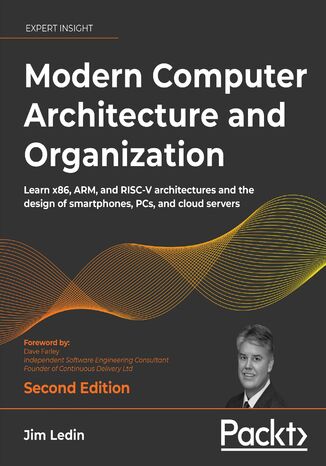



- Autorzy:
- Jim Ledin, Dave Farley
- Wydawnictwo:
- Packt Publishing
- Ocena:
- Stron:
- 666
- Dostępne formaty:
-
PDFePub
Opis
książki
:
Modern Computer Architecture and Organization. Learn x86, ARM, and RISC-V architectures and the design of smartphones, PCs, and cloud servers - Second Edition
This book will teach you the fundamentals of computer systems including transistors, logic gates, sequential logic, and instruction pipelines. You will learn details of modern processor architectures and instruction sets including x86, x64, ARM, and RISC-V. You will see how to implement a RISC-V processor in a low-cost FPGA board and write a quantum computing program and run it on an actual quantum computer.
This edition has been updated to cover the architecture and design principles underlying the important domains of cybersecurity, blockchain and bitcoin mining, and self-driving vehicles.
By the end of this book, you will have a thorough understanding of modern processors and computer architecture and the future directions these technologies are likely to take.
Wybrane bestsellery
Packt Publishing - inne książki
Dzięki opcji "Druk na żądanie" do sprzedaży wracają tytuły Grupy Helion, które cieszyły sie dużym zainteresowaniem, a których nakład został wyprzedany.
Dla naszych Czytelników wydrukowaliśmy dodatkową pulę egzemplarzy w technice druku cyfrowego.
Co powinieneś wiedzieć o usłudze "Druk na żądanie":
- usługa obejmuje tylko widoczną poniżej listę tytułów, którą na bieżąco aktualizujemy;
- cena książki może być wyższa od początkowej ceny detalicznej, co jest spowodowane kosztami druku cyfrowego (wyższymi niż koszty tradycyjnego druku offsetowego). Obowiązująca cena jest zawsze podawana na stronie WWW książki;
- zawartość książki wraz z dodatkami (płyta CD, DVD) odpowiada jej pierwotnemu wydaniu i jest w pełni komplementarna;
- usługa nie obejmuje książek w kolorze.
Masz pytanie o konkretny tytuł? Napisz do nas: sklep@helion.pl
Książka drukowana



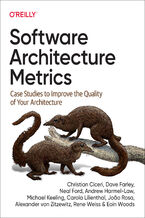

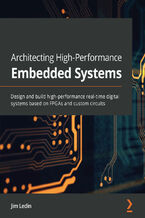
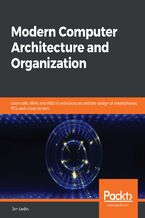


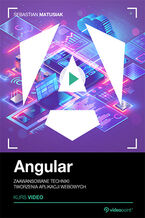
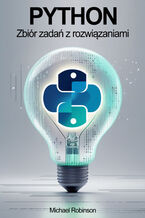

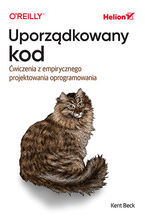
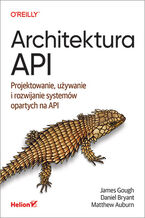
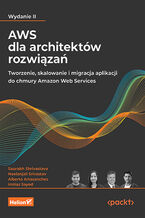
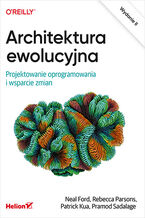








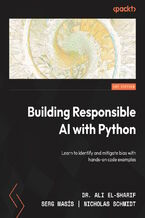
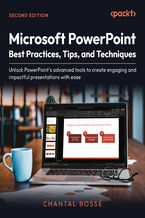
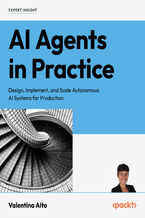
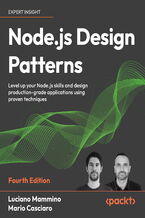
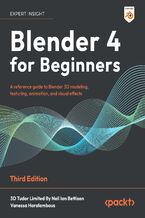
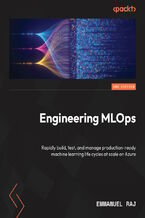
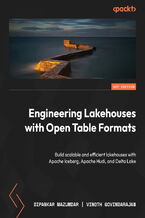
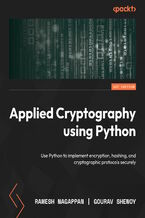
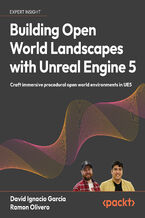



Oceny i opinie klientów: Modern Computer Architecture and Organization. Learn x86, ARM, and RISC-V architectures and the design of smartphones, PCs, and cloud servers - Second Edition Jim Ledin, Dave Farley
(0)